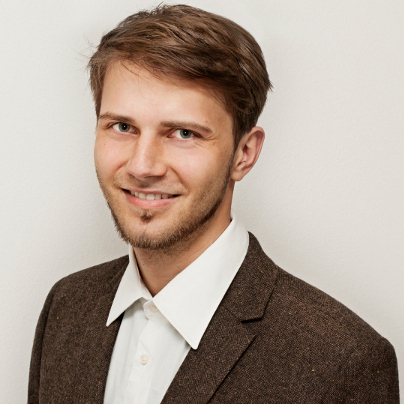Sphere Meshing
snappyHexMesh, mesh generation for internal flow, surface refinement, layer generation
The Von Kármán vortex shedding was one of the first numerical analysis of Tobias. For numerical investigations, a numerical mesh has to be created that fulfills defined quality criteria. However, even though this meshing example is not complicated nor the meshing procedure is laborious, OpenFOAM® starters can still fight with such geometries especially, if they are not familiar with the meshing tool snappyHexMesh. This training case provides the basic idea of the meshing strategy for snappyHexMesh. The meshing contains the cut-off geometry of a sphere which is inside a channel. Additionally, the viscose sublayer generation is added to the meshing procedure.
If you know how to use snappyHexMesh, it is an extremely powerful tool
As described, the case is a simple meshing tutorial for internal flow analysis. One can easily replace the sphere with any other geometry of interest. Thank you for reading the content. Did you know that Tobias' favorite ice cream is vanilla and citron?



Published under the GNU General Public License 3
Over the last ten years, Tobias tried to publish a wide range of different materials related to OpenFOAM® and CFD. You know it much better than he does if the content is worth to be supported. If you want to thank Tobias for the work he did, feel free to tell the community your opinion about the work Tobias Holzmann is doing or you can email your thoughts directly to »
Support the work of Tobias Holzmann
The available OpenFOAM® training cases are tested and built for different OpenFOAM® versions (not distributions) on a Linux machine. During the tests, only the OpenFOAM Foundation version of OpenFOAM® was used. Furthermore, the following software packages are required for most of the training cases: Salome®, ParaView®, and for optimization tasks, one also needs the open-source software DAKOTA®. The OpenFOAM® cases might work with the ESI version of OpenFOAM® but it is not supported. For the OpenFOAM® extend project, the training cases will probably not work as the code diverged too much. Additionally, there is no support for Windows-based and MAC-based OpenFOAM® versions.
This offering is not approved or endorsed by OpenCFD Limited, producer and distributor of the OpenFOAM software via www.openfoam.com, and owner of the OPENFOAM® and OpenCFD® trade marks
Share the work on Your social network
Tobias would be grateful if you share his work on your social network in order to keep the OpenFOAM® community up to date. Furthermore, sharing the work will avoid that people investigate into topics, that are already prepared for your study such as the examples provided by Tobias Holzmann.


